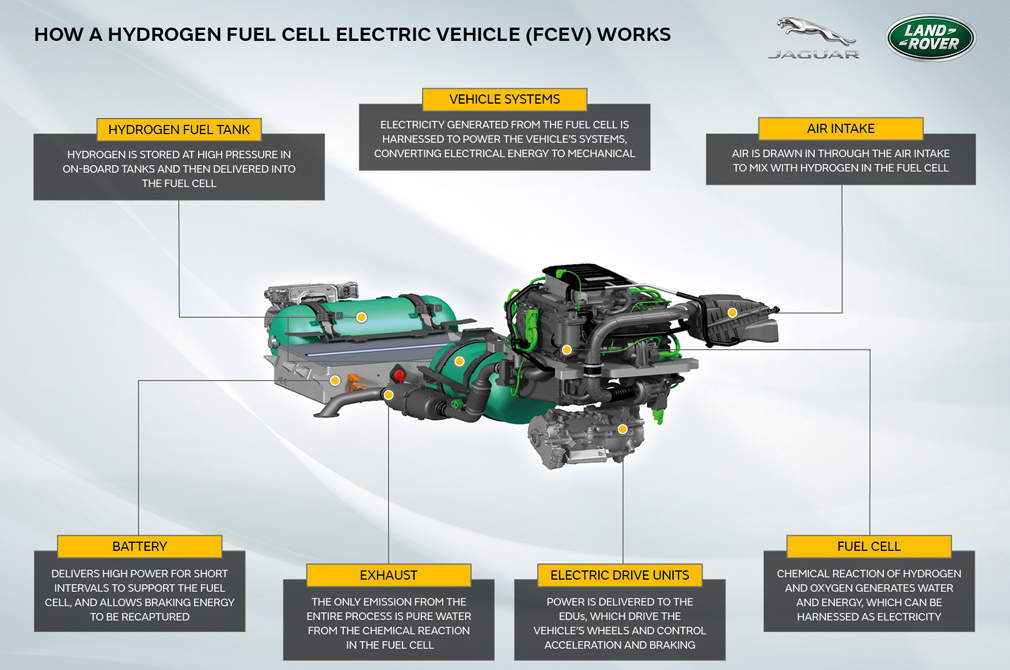Jaguar Land Rover working on a hydrogen-powered Defender

AsiaOne has launched EarthOne, a new section dedicated to environmental issues — because we love the planet and we believe science. Find articles like this there.
Jaguar Land Rover are working on a hydrogen-powered Land Rover Defender. Unfortunately, it's only going to become a prototype for now.
Scheduled for testing this year, the hydrogen-powered Land Rover Defender Fuel Cell Electric Vehicle (FCEV) concept is part of the firm's aim to achieve zero tailpipe emissions by 2036, and net zero carbon emissions across its supply chain, products, and operations by 2039, in line with the Reimagine strategy announced last month.

FCEVs, which generate electricity from hydrogen to power an electric motor, are complimentary to battery electric vehicles on the journey to net zero vehicle emissions.
Hydrogen-powered FCEVs provide high energy density and rapid refuelling, and minimal loss of range in low temperatures, making the technology ideal for larger, longer-range vehicles, or those operated in hot or cold environments.
According to Jaguar Land Rover, the global number of FCEVs on the road has nearly doubled since 2018, while hydrogen refuelling stations have increased by more than 20 per cent.
By 2030, forecasts predict hydrogen-powered FCEV deployment could top 10 million with 10,000 refuelling stations worldwide.
The hydrogen-powered Defender prototype will begin testing towards the end of 2021 in the UK to verify key attributes such as off-road capability and fuel consumption.